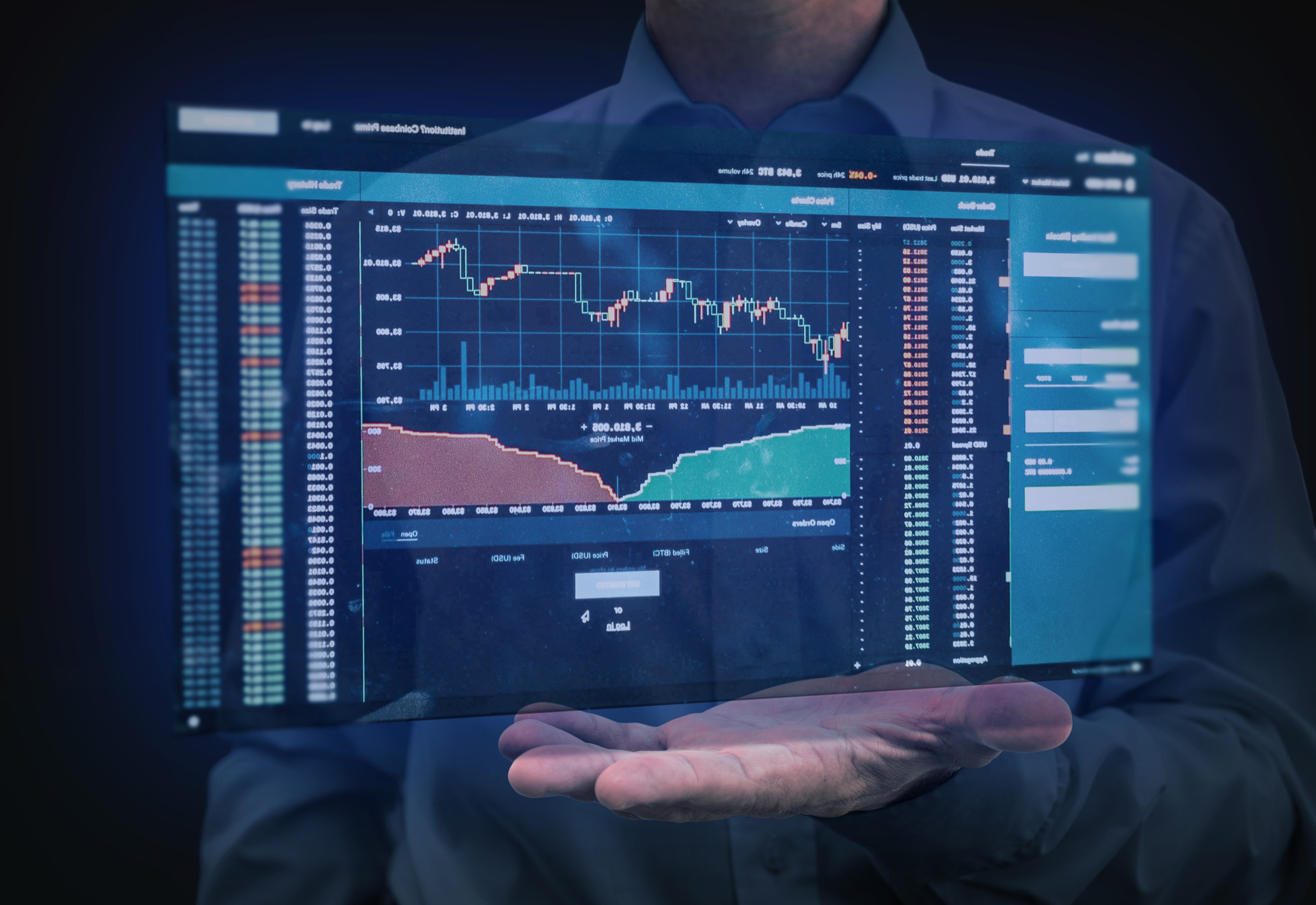Bitcoin mining is a fascinating aspect of the cryptocurrency space. Mining is used to validate transactions and provide security for the Bitcoin network. Bitcoin mining economics, though, can be complicated and daunting. Here we will break down the basics of Bitcoin mining economics so you can understand how profitability is determined and how different factors affect the bottom line of miners’ businesses.
What is Bitcoin Mining
Before discussing the economics, a description of what Bitcoin mining is, is necessary. Bitcoin mining is the process by which new bitcoins are introduced into the money supply. It involves solving hard mathematical problems, known as proof-of-work, to confirm transactions on the Bitcoin blockchain.
Miners compete to resolve these problems, and whoever resolves them first gets to add a new block to the blockchain and is rewarded with bitcoins. The reward, also known as the block reward, is a very significant component of the mining economics.
Components of Bitcoin Mining Economics
There are a lot of factors that are accountable for the profitability of Bitcoin mining. Knowing these factors enables miners to make the right decisions.

Mining Hardware
The mining hardware plays a big role in the economics. In the beginning, it was possible to mine Bitcoin using standard computers. As the network expanded, however, more and more specialized hardware called ASICs (Application-Specific Integrated Circuits) were required. ASICs are far more powerful and efficient but also more expensive.
Electricity Costs
Electricity is likely to be the highest overhead expense for Bitcoin miners. Miners require a tremendous amount of energy to run the equipment and to cool the devices. Accordingly, electricity prices in a area can determine mining profitability or unprofitability.
Block Reward and Transaction Fees
Block reward is the amount of bitcoins that a miner gets for unlocking a block. It was 50 bitcoins initially, but it’s reduced by half approximately every four years in an event called “halving.” The block reward is currently 6.25 bitcoins. Besides the block reward, miners get transaction fees from the transactions that are contained in the block.
Difficulty Level
The Bitcoin network automatically adjusts the difficulty of the puzzle to ensure a new block is mined every ten minutes or so. The difficulty increases and influences the chances of successfully mining a block as more miners come online.
Calculating Mining Profitability
To determine whether Bitcoin mining is profitable, miners must consider several variables, including hardware costs, electricity prices, block reward, and current Bitcoin price. Profitability calculators can assist miners in estimating potential returns.
Break-even Point
Break-even point is the spot where a miner’s expense matches their income. Miners must hit this point since it determines if they can or cannot proceed with their activities. Falling Bitcoin prices or rising electricity expenses can delay hitting the break-even point.
Return on Investment (ROI)
ROI is the most significant parameter for miners. It measures how profitable their investment is over time. High ROI translates to a profitable mining business, and low ROI spells loss.
Bitcoin Mining Economics Challenges
Bitcoin mining has challenges of its own. It is necessary that anyone ready to go into the mining business must be aware of such challenges.
Volatility of Bitcoin Prices
The price of Bitcoin can be highly volatile, and mining profitability becomes unpredictable. A sudden drop in price can turn a profitable mining enterprise into a loss-making one. Miners need to remain alert and adapt according to the circumstances.
Increasing Competition
More individuals and organizations enter mining and competition increases. Competition causes difficulty levels to increase, and miners upgrade their equipment from time to time to keep pace.
Regulatory Issues
Cryptocurrency mining is differently regulated in various nations. Some have embraced mining with open arms, while others have instituted tight regulation or prohibitions. Miners must play by these territories to remain within bounds.
Improving Mining Profitability
Although issues are numerous, several strategies can assist miners in getting the best out of their profitability.
Energy Efficiency
Miners can reduce electricity costs by streamlining energy consumption. Power-efficient equipment and locating operations near cheap electricity sources can go a long way in enhancing profitability.
Pool Mining
Joining a mining pool allows miners to split processing power, increasing the chances of finding a block. While payoffs are shared among pool members, the frequent paybacks can smooth out revenues.
Staying Informed
Staying current with what is taking place in the crypto universe is essential. Miners must keep up with legislative reforms, new technology, and market fluctuations to make informed decisions.
Conclusion
Bitcoin mining economics is a complicated topic requiring close acquaintance with various variables. From hardware and electricity costs to reward per block and market volatility, each variable plays a significantly vital role in determining mining profitability. By carefully considering these variables and making strategic measures, miners are able to handle the intricacy of Bitcoin mining economics.
Knowing these variables not only helps existing miners to better optimize their operation, but also informs potential miners of what to expect in the field of cryptocurrency mining.

